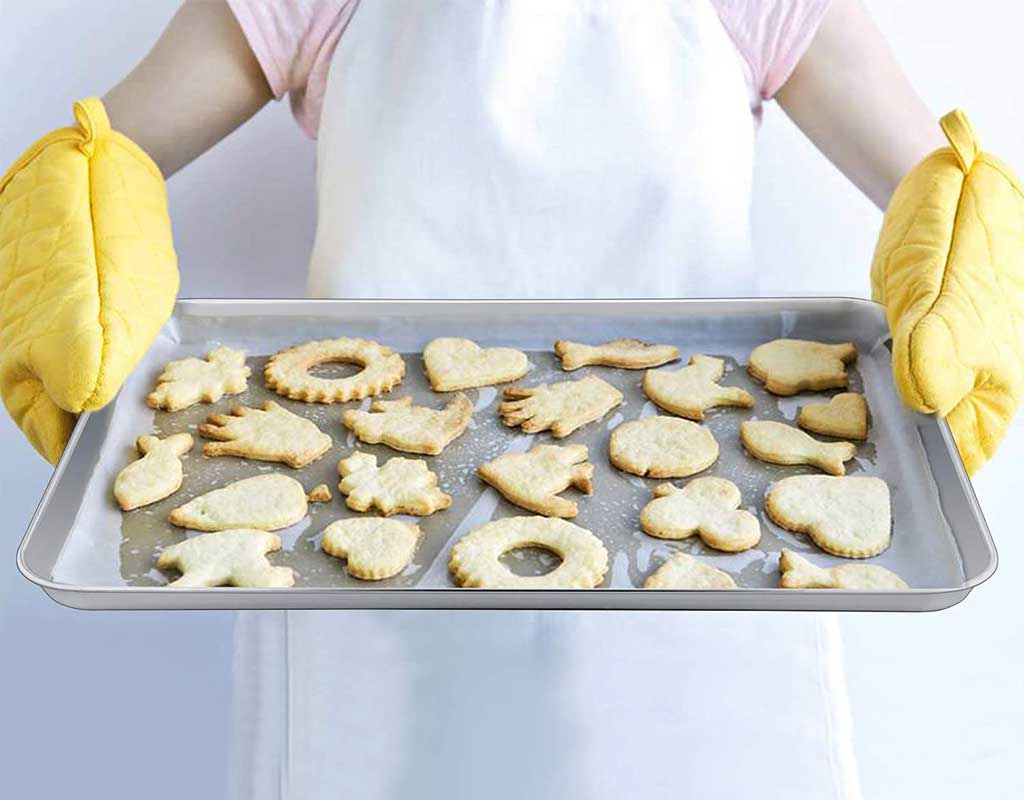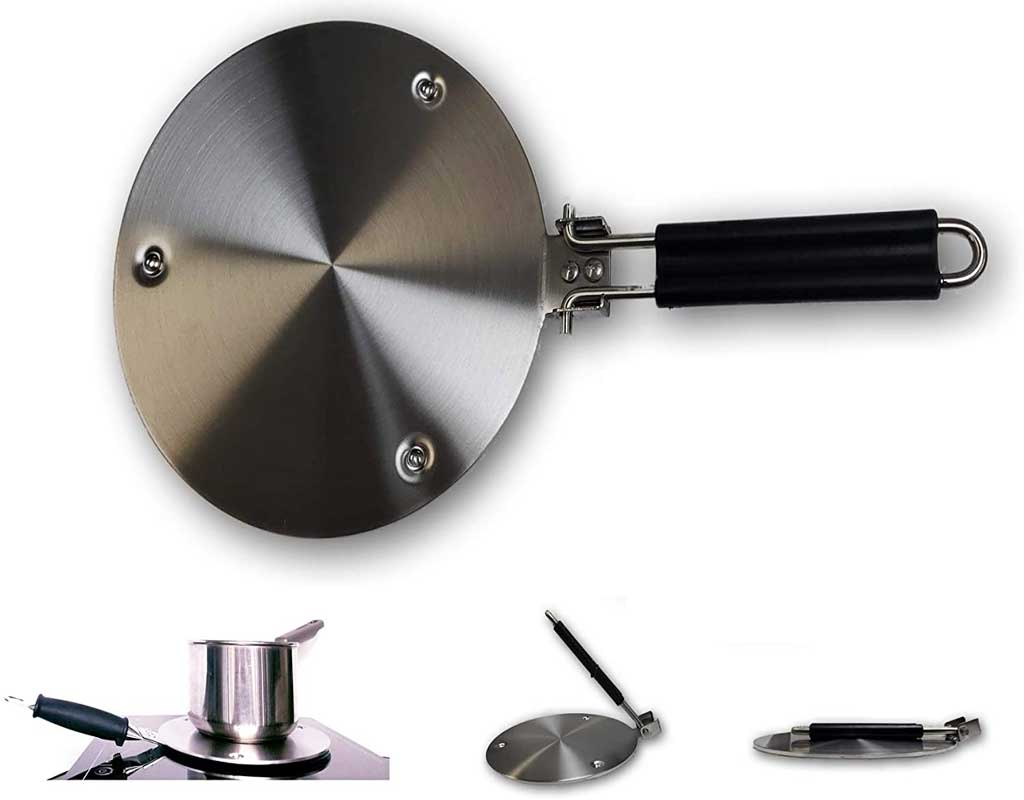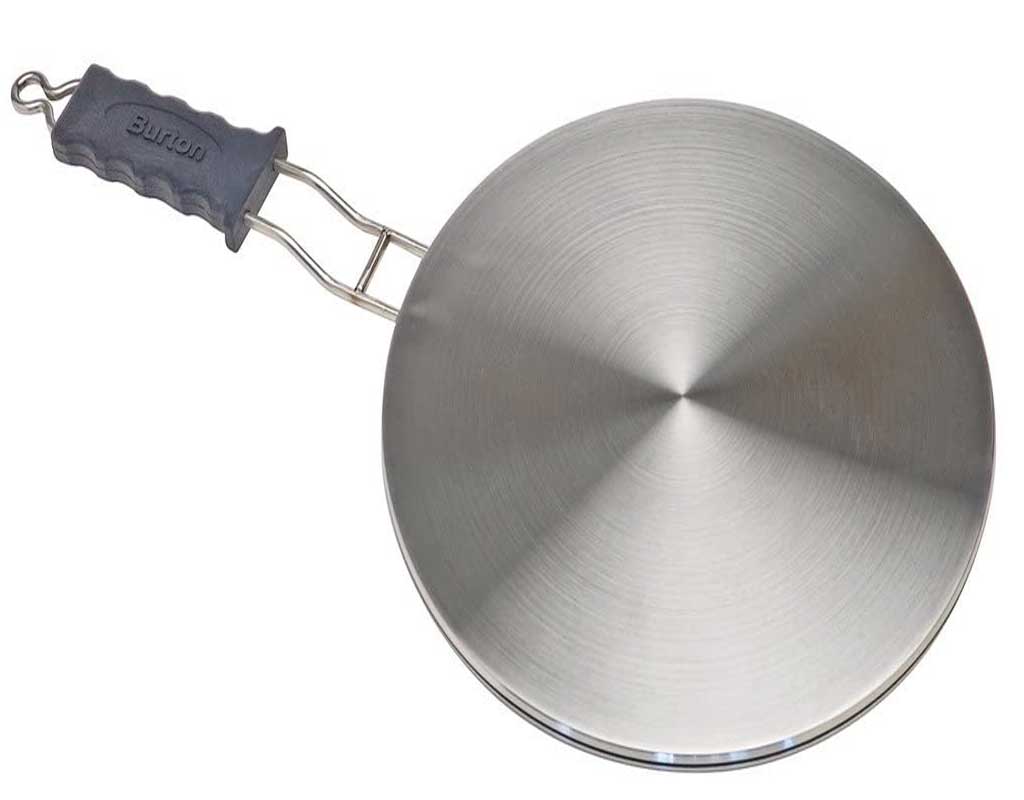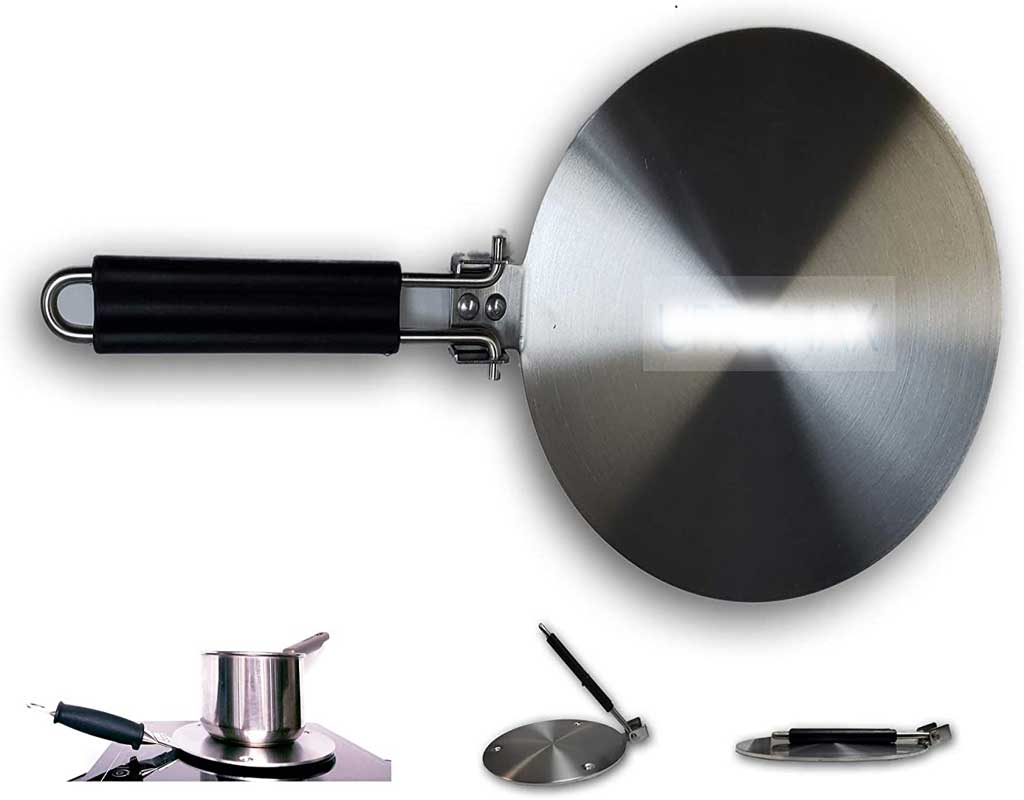Are you thinking about "How to Use Non Induction Cookware on Induction Cooktop" ? The best cooking technology available in the market is induction. It provides better performance that is more convenient than other cooking forms such as gas flames and electric fires. It uses magnetic conduction to cook foods faster and easier as compared to other cooking methods.
This cooking technology, therefore, requires that the pans and pots used with it are induction ready. They have to be ferromagnetic and magnetically conductive.
Since induction technology cooks using electromagnetism, the cookware to be used has to be approved by the manufacturer as fit for induction. The electromagnetically generated heat passes the alternative current to the coil below the cookware surface.
A strong resistive electric current is made to flow into the cookware and the repulsion by the magnetic field produces heat that will cook food.
The type of cookware that can fit induction cooktops has to possess a flat base, magnetic, and very smooth. To check for magnetism, just take the cookware and put a magnet at its bottom. If it sticks then it is magnetic and will work perfectly over an induction cooktop.
The material of the cookware can also be a good indicator of whether cookware is good for induction. Stainless steel, enameled cast iron, and pure cast iron allow a magnetic field to pass through them.
On the other hand, aluminum, glass, and copper are not induction capable because they do not allow a magnetic field to pass through them. This will hinder the generation of electric current in the cookware to warm food.
All the induction-capable cookware is very fit for use over gas stops and electric fire. They give you the best range of cooking options for using during your convenient times.
The cookware itself becomes the source of heat when used over an induction cooktop. The size of the cookware has to be of the same diameter as that of the induction top.
The odd-sized induction cooktops and those made of glass, aluminum, and copper will not generate any heat when put on an induction cooktop. To support them, you can use the following methods to enable you to cook food on an induction cooktop using non-induction cookware. (How to Use Non Induction Cookware on Induction Cooktop)
Using Netted Steel

Look for a sheet of netted steel that is available in all hardware shops for use in windows and fanlights. The second step will involve folding the netted steel sheet and place it over the induction cooktop. Then place the non-induction cooktop over the folded netted steel and switch the power on. It will take quite some time before adequate cooking heat is produced but it will work.
This is not a fully tested method and you have to be careful so that you do not touch the netted steel while the power is on to evade the hazardous effects of electric current. Use plastic gloves or other non-electrically conductive buffers while handling cookware over induction stove tops to avoid electric shocks. Oven gloves are the most ideal for keeping you safe from such accidents.
Using A Converter Disk

This is a flat equipment made of iron or stainless steel. It is also referred to as an interface disk. The material made of this converter disk will produce heat through induction and then distribute it evenly on your cookware. All you have to do is place the converter disk over your induction cooktop.
You then place your cookware on it and cook your food to perfection. The stainless steel or iron converter disk allows magnetic induction with an electric current and it will produce heat which will in turn pass it to your cookware and cook food.
A good converter disk is fitted with a non-heat conduction handle to keep your hands safe from burns. The stainless steel and iron steel plates are made thin to fully get sandwiched between the induction stovetop and the base of your cookware. Steel and Iron converter disks are heavy for stability, and to reduce chances of slipping or tipping.
Check for the best converter disk in the market with a heatproof handle and is strong and sturdy. The following are best converter disks will; ever find in the market.
The Max Burton 6010 8-Inch Induction Interface Disk

This is a good example of a converter disk. It comes in 2 forms. A portable interface disk or a Max Burton built in induction cooktop converter. Max Burton interface disk is made of very high grade ferromagnetic stainless steel. An even heat distribution using this disk is guaranteed and will transfer heat quick onto non-induction compatible stove tops.
It has high efficiency and will boil water at the same rate as when boiling over a direct induction stove top with a magnetic cookware. It measures 8 x 15 x 0.5 inches to carry small pans and pots for induction cooking.
The rate of heat transfer through this disk can be decreased when one is using non-induction cookware or cookware with an extra thick base. Cookware with larger diameters will also take longer to heat while using this interface disk converter as compared to cookware with smaller diameters. Lager volumes of liquids and solids will also take longer to cook as compared to the time taken to cook smaller volumes of liquids and solids.
From normal usage, you can expect heat transfer or yellowing from this interface converter disk as it gets heated and transfers heat to the cookware. The magnetic field interaction with the induced alternative current to produce heat will also cause this yellowing. Heat sound will also be produced as the interface disk particle vibrate to produce heat.
11″ Stainless Steel Induction Cooktop Converter Interface Disc

This is suitable for bigger cooking vessels. It will accommodate large pans and pots and ensure that heat is evenly distributed to every part of the cookware base. It is designed for a built-in induction cooktop as well as for a portable cooktop. The material used to make this interface disk is high grade surgical stainless steel.
This is a very strong and sturdy material that will last long and offer you the most convenient cooking services. There is effective heat distribution from this disk and a heat offensive handle will keep the hands cool over the converter. It is 12.17 x 11.46 x 1.3 inches, large enough to handle the big pans and pots. It is a durable kitchen item that will last long.
The 12.7-inch diameter interface converter disk will accommodate all the cookware that is 12-inch and below with efficient heat transfer and no overheating. An interface disk that is smaller than the cookware will often overheat and breakdown. This large one comes in handy for cooks with larger utensils and will serve them comfortably for long.
The surgical stainless-steel material does not yellow from normal use and will keep good as you cook continuously. The material is heavy and sturdy to avoid tipping over of your food while cooking. Ensure that you use stove gloves while using induction stove tops.
Problems with Converter Disk
A converter disk is however, a bit slower in cooking as compared to a direct cooking over the induction stove top. The base of cookware is never perfectly smooth and will have some valleys and bumps. These will trap some air, and due to the poor heat conductivity of air, it reduces the efficiency of the converter disk.
The air causes the converter disk to overheat and waste a lot of energy. The time taken to boil water on a converter disk is almost twice that taken when boiling the same amount of water directly over and induction cooktop. A lot of heat is released into the external air and it makes your kitchen extremely hot.
Using Computer Thermal Paste
This is a better method to increase the time taken to boil water using a converter disk. It minimizes the energy wasted and heat released into the atmosphere. You add a computer thermal paste below the cookware base and then slowly place it over the converter disk.
This will spread the paste like a paper between the converter disk and the cookware base. It will block all the air spaces left between the two metal surfaces and minimizes heat wasted when cooking.
The paste will break down faster at high temperatures and will act as a better conductor of heat than air. You will be required to replace the paste again every time you remove the cookware from the converter disk.
Check This Video How to Use Non Induction Cookware on Induction Cooktop
Final Verdict:
Induction cooktops incorporate the most modern technology in cooking. They are efficient and very reliable but they need cookware sets that are induction compatible. Cookware made of materials such as stainless steel, cast iron, and ceramic-coated iron will work well over an induction cooktop since they are magnetic.
However, cookware made of glass, copper, and aluminum is non-magnetic and will need a converter interface disk to work on an induction cooktop. There are other methods to enable non-induction compatible cookware to work on an induction cooktop. They have netted steel sheets and computer paste. They are not ideal methods but will work for you if you trust them and follow the correct procedure.

